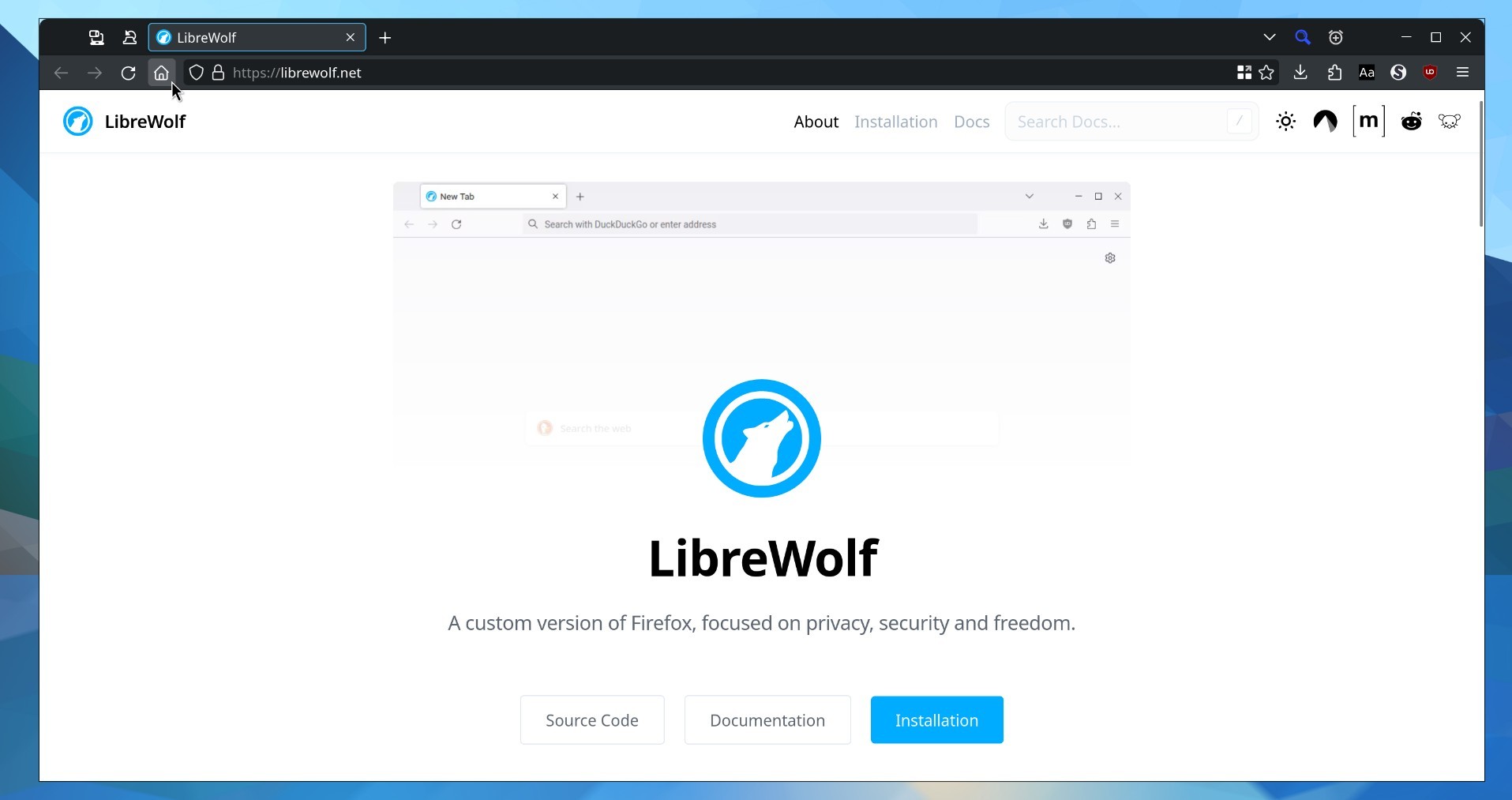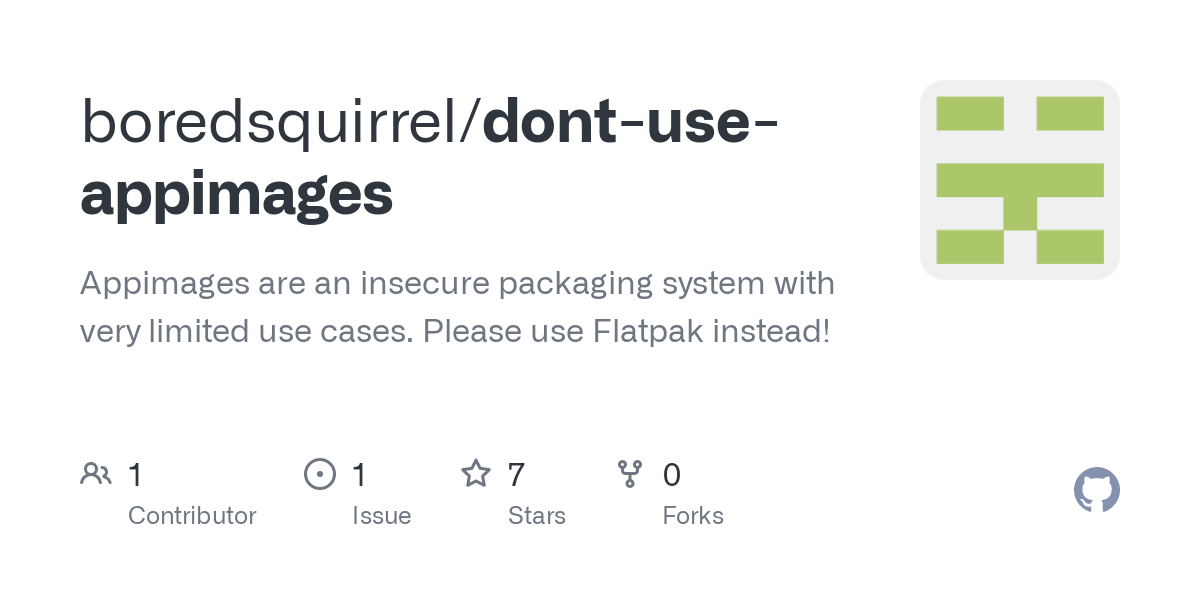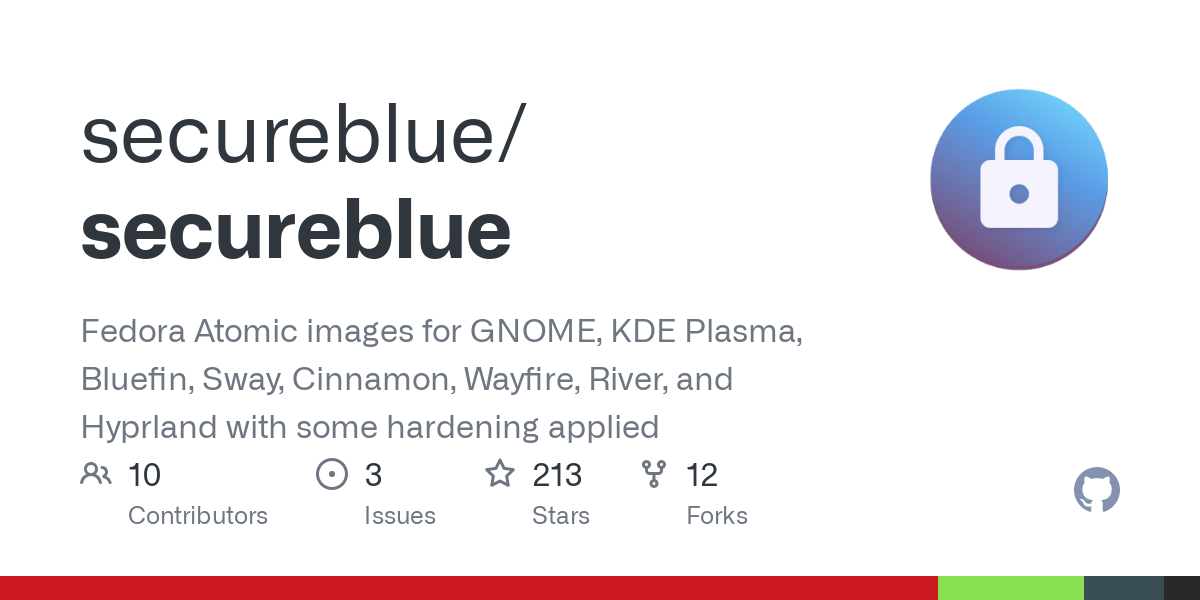

Discourse is awesome. Just needs federation.
As a mod, it is lovely to work with, extremely well indexed, has tags, categories, roles and everything you want.
Everything should be done there. Matrix or Discord make no sense, its just chatting into nirvana, nobody every finds it again
And people… dont… use… threads! They just spam everything in a single chat which makes it unusable









No